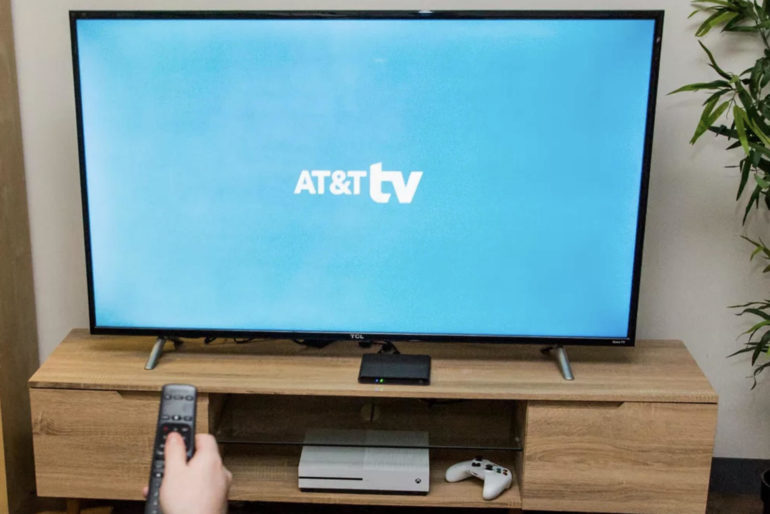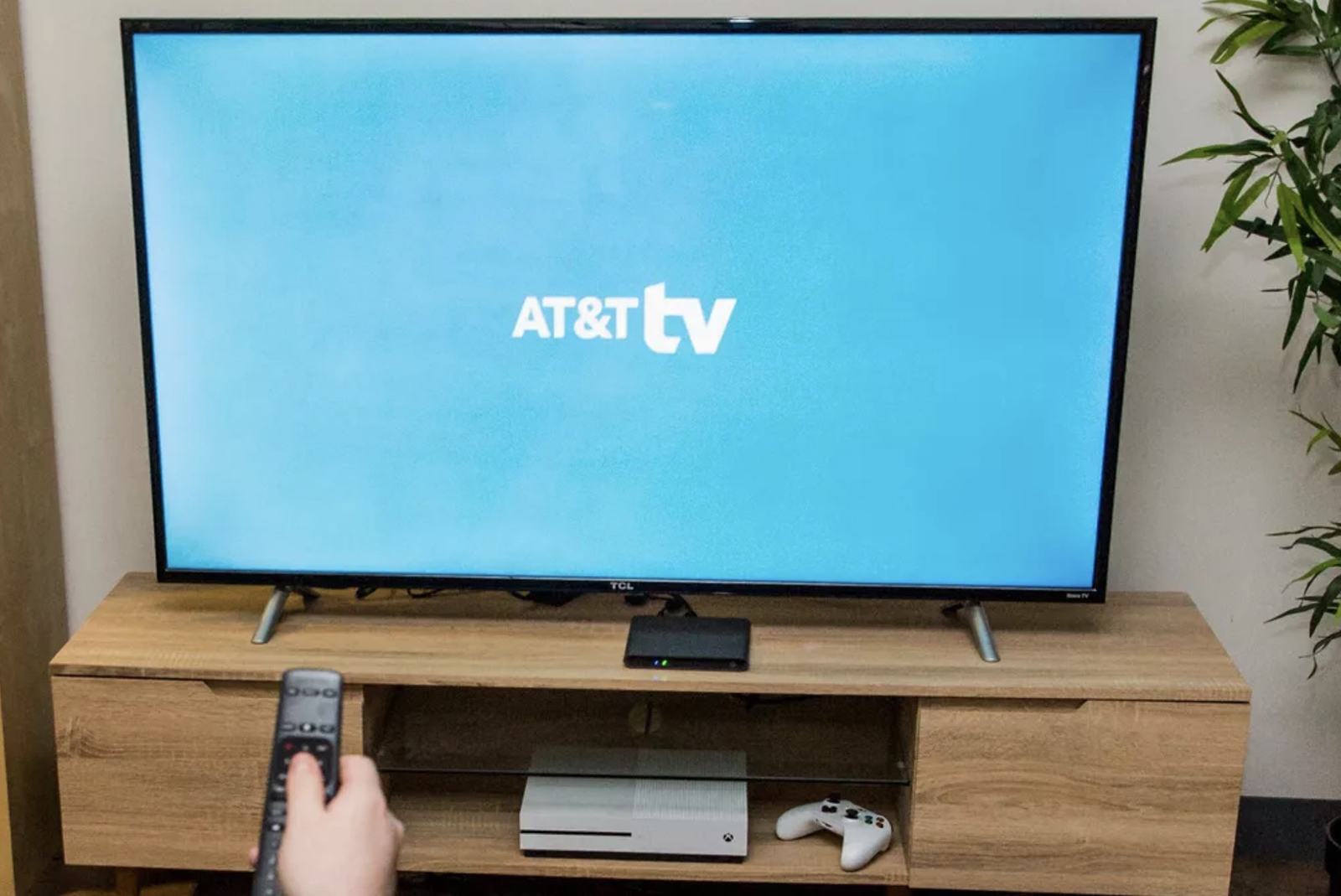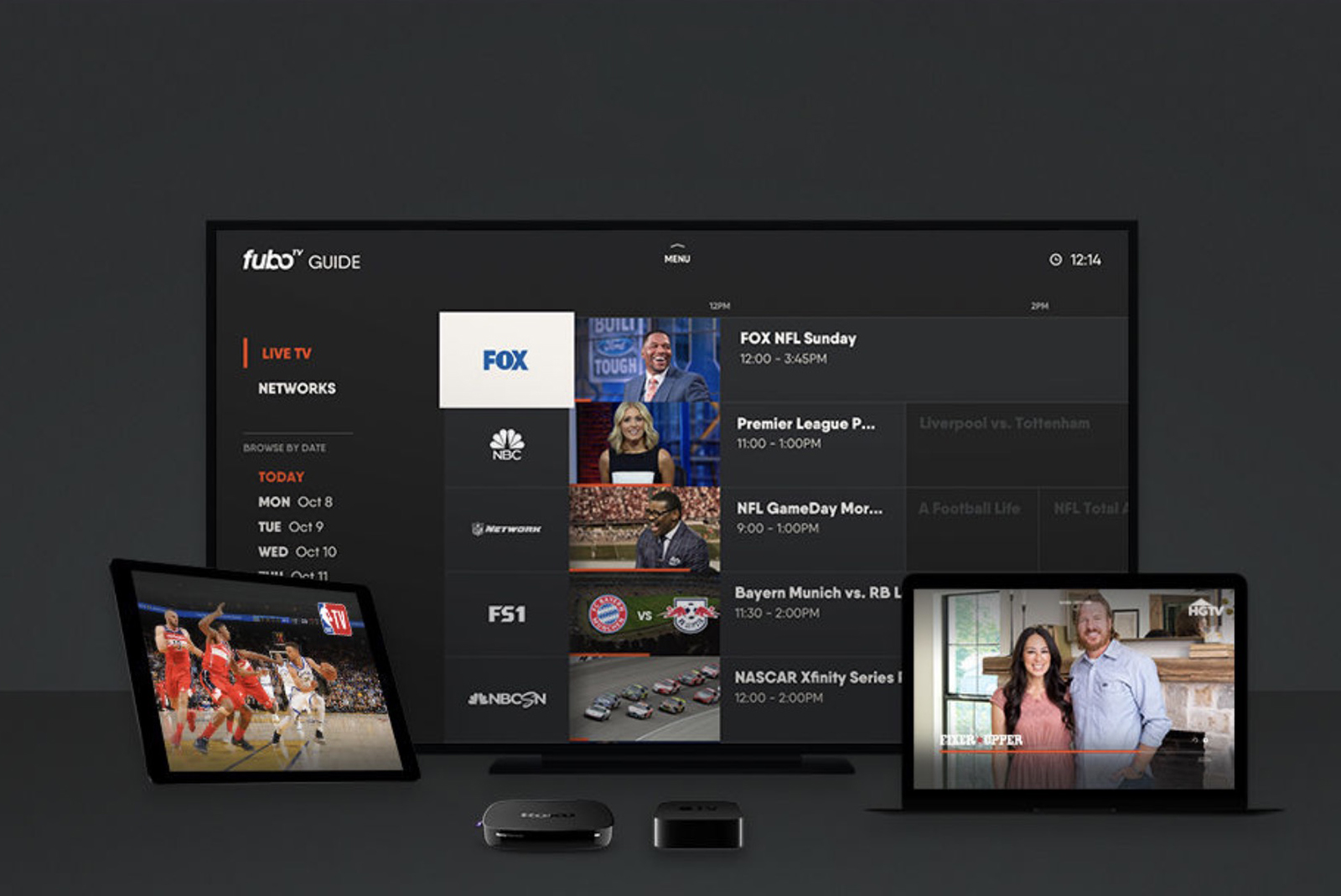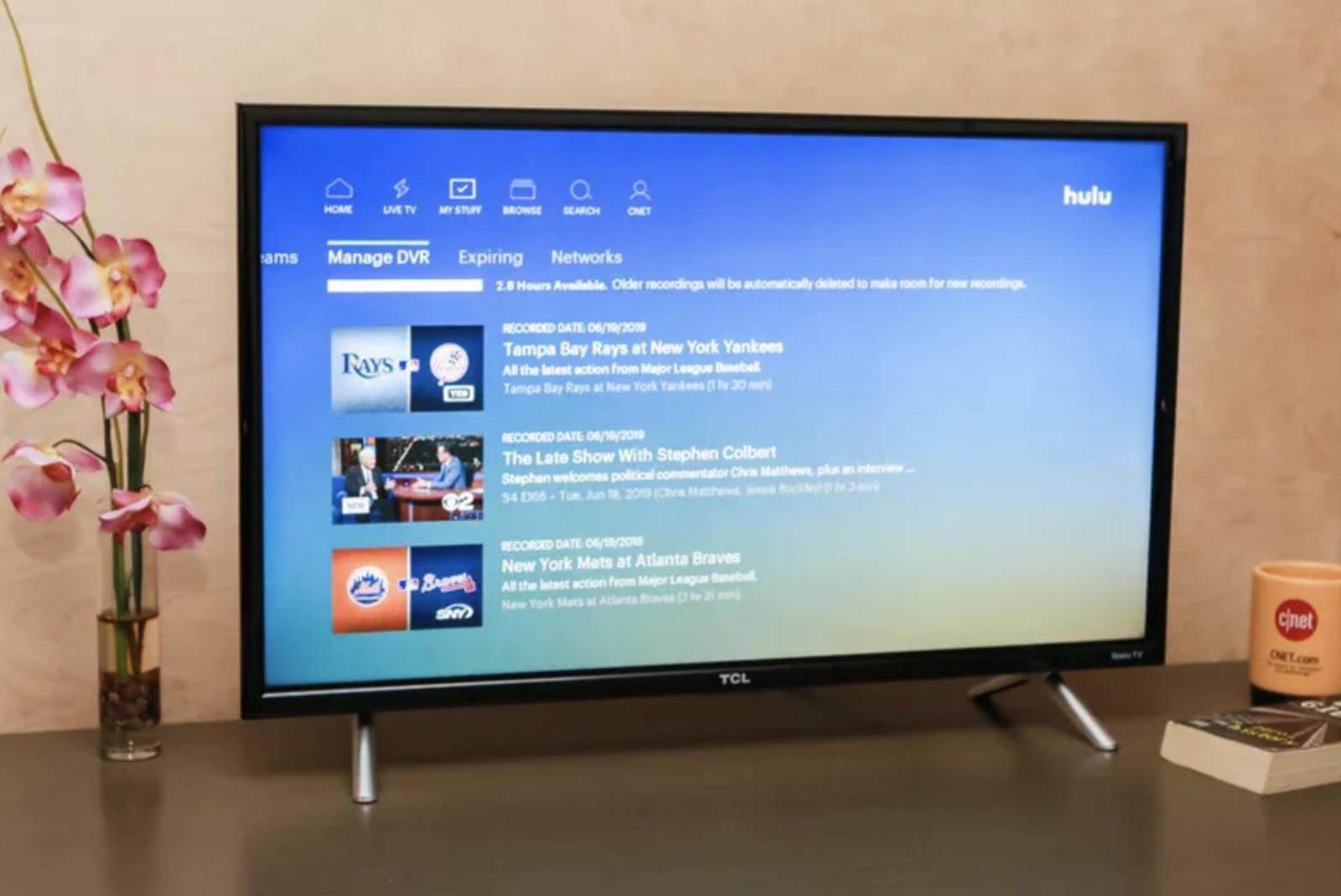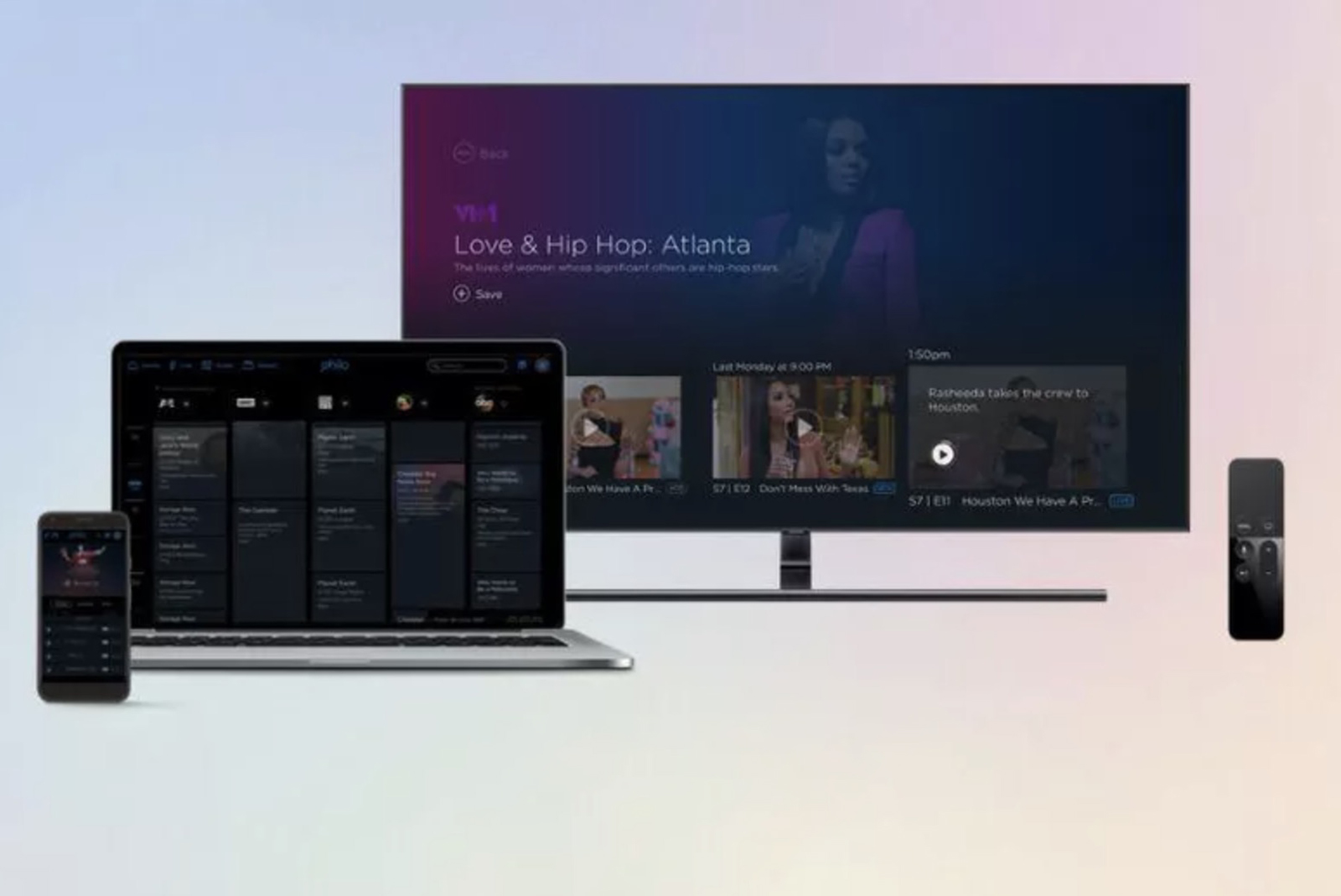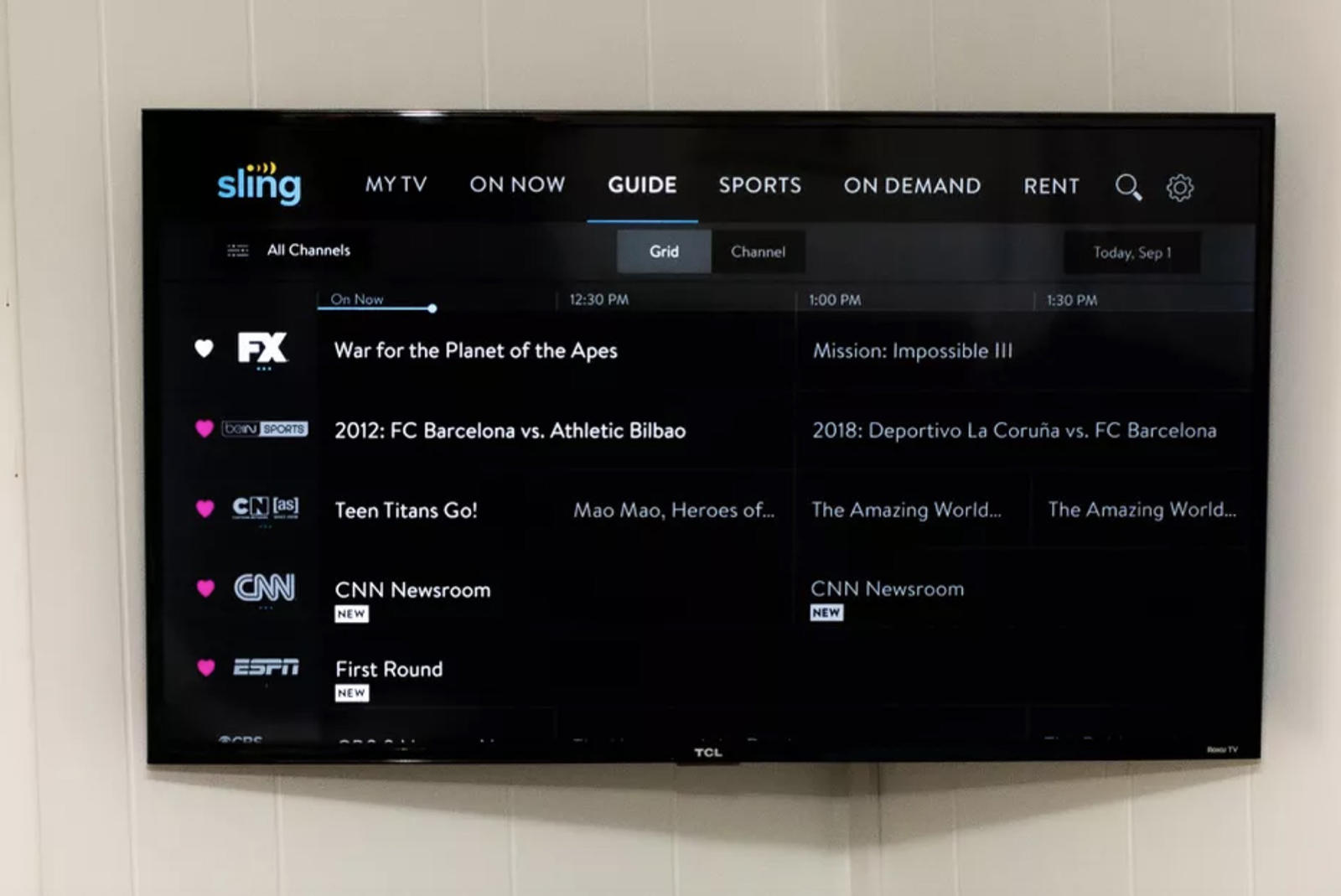There are two kinds of paid streaming services: Live TV (such as Sling TV and YouTubeTV) and video-on-demand (such as Netflix and Amazon Prime). Here’s what to look for in live TV packages.
Thanks to the coronavirus pandemic, we’ve spent more time than ever watching TV at home. You might think that would be good news for the cable companies, Nope. More people than ever are dumping cable and satellite TV for streaming.
People want to save money. At the same time, though, 60% of viewers are paying for both cable TV and one or more streaming channels. That’s because they want both their regular channels and fresh, new offerings from video-on-demand (VoD) streaming services such as Paramount+’s Star Trek: Discovery, Disney+’s The Mandalorian, and Netflix’s The Queen’s Gambit.
Guess what? With today’s streaming services you can have the best of both worlds. There are two kinds of streaming: The first, and oldest, is VoD, from such providers as Amazon Prime Video and Netflix. Increasingly, there are free, with commercials, VoD services such as Crackle, Peacock, and Pluto TV. Then, there are the live TV streaming services including AT&T Now, Philio, and Sling TV. Combine them and you can get all your old channels and fresh new shows for less money than you’re paying your cable or satellite TV provider today.
With no further adieu, let’s first take a look at the best live TV streaming services.
AT&T customers may like it, others should keep looking
As a long-time DirecTV satellite customer, I wanted to like AT&T TV. I couldn’t. Technically, it’s become better over the years, but its offerings and price have only got poorer.
In the early days, it came with a great price: 100 channels for $35 a month. That’s far from the case these days.
Today, AT&T TV’s packages are on the pricey side. Entertainment comes with 65+ channels and 40,000 Video on Demand (VoD) titles for $70; Choice with 90+ channels and 45,000 VoD selections for $85; Ultimate with 130+ channels and 55,000 VoD selections for $95; and Premier with 140+ channels and 65,000 VoD shows for $140. All the choices offer access to local ABC, CBS, Fox, and NBC channels in most, but not all, areas. Except for the bottom-tier Entertainment offering, all packages come with regional sports networks and HBO Max.
Until recently AT&T TV included a generous 500 hours of cloud DVR storage. Now, it offers a mere 20 hours of video storage. You can get unlimited DVR storage for an additional $10 a month. You can also get limitless storage if you elect to get the Premier package. In either case, if you want to skip or fast-forward through commercials on recorded shows, that will cost you another $15 a month.
On the other hand, you can stream up to 20 — yes 20 — devices simultaneously on your home network. When you’re away from home, you can stream to up to three devices.
The two-year contract offers the same services for $10 less a month per package. It’s not a great deal. It also, shades of old-style cable companies, comes with a penalty charge if you decide AT&T TV isn’t for you.
If you’re an AT&T phone or internet customer, you may want to subscribe to this service, but the rest of us can do better. It simply costs too much for too little. The only exception is if you have a large family and you can actually use up to 20 streams at once. Otherwise, the new AT&T TV reminds me too much of old cable services.
Are you ready for some football? Then check out FuboTV
Are you a serious sports fan? And when I say “serious,” I mean besides watching the US favorite trilogy of football, basketball, and baseball, do you want to watch the English Premier League, F1 Racing, and cricket? Yes? Then, you should check out FuboTV.
That said, FuboTV has some holes in its lineup. For example, it no longer carries TNT and TBS, both of which show a lot of sports. It also doesn’t currently include the Fox regional sports networks. Still, if your sporting tastes run to European sports, you’ll find a lot to like here.
Besides sports, FuboTV is a full-fledged streaming service with all the usual stations. It comes with two basic English-language plans. The first, Starter, has 112 channels and 250 hours of video DVR storage, and you can stream to up to three screens at once for $65 a month. This comes with a free trial. The other, Elite, currently offers 157 channels, 1,000 hours of cloud DVR storage, and up to 10 screens for $80 a month. Both plans offer your local ABC, CBS, Fox, and NBC channels in many places. Another nice feature is you can fast-forward or skip commercials on your recorded shows.
For those who like Spanish-language sports and TV, there’s the Latino Quarterly offering. This costs $33 a month for 32 channels, three simultaneous streams, and 250 hours of DVR space.
Put it all together, and you have the best streaming service for European soccer fans and other non-mainstream US sports. Personally, I’d like to see them add Willow TV, the cricket-specific streaming service, but that’s a small matter unless you’re a serious cricket fan. FuboTV is also a good, general-purpose streaming service in its own right.
Combination live TV and VoD service
Hulu with Live TV‘s big selling point is it’s the one service, which combines both live TV and a video-on-demand (VoD). It’s a powerful package. Besides great original content, such as exclusive titles like The Handmaid’s Tale, it also has a large catalog of other on-demand shows and movies. On top of that, you get over 65+ live and on-demand channels.
Its channel selection has some blanks in it. Some favorites such as the AMC, the CW channels Comedy Central, Nickelodeon, and VH1 are only available in extra-price add-ons. On the other hand, basic sports are well covered with the ESPN and Fox sports networks. Like most of the other services, it gives you access to local ABC, CBS, Fox, and NBC channels in most areas.
Hulu with Live TV’s interface and performance have been consistently improving over the years. I find it the easiest live TV service to use.
Hulu with Live TV’s combination of on-demand video and live TV is nice, but it now costs $65 a month. For that, you can also stream two sessions at once and get 50 hours of cloud DVR storage. If you want more, for $10 a month you get 200 hours of cloud storage. With this Enhanced Cloud DVR, you can also record multiple shows at the same time, and fast-forward through any content in your DVR.
For another $10 a month, you can play as many streams at once. But, unlike the other services, you can’t easily stream outside your home. As Hulu puts it, “Our Live TV plans are intended for single-home use.” Now, you can stream away from home on your smartphone, but if you try to stream on saying your dad’s Roku, you’ll find it won’t work.
Finally, if all you want is Hulu VoD streaming, it’s still available. The cheapest version of the ad-supported streaming library is only $6 a month. The no-ads version is also available for $11.99.
Until recently, I’d recommend Hulu + Live TV for most people. But, with its added costs, I think you should look at its offerings and its rivals before paying for a subscription.
Philo offers the best, cheap streaming TV deal
Short on cash? Not all that interested in sports? If that’s you, then Philo is the service you want. For only $20 a month, you get 64 channels.
But you won’t get any local or sports channels. Still, if you like popular entertainment and lifestyle shows with just enough news — BBC World News and Cheddar News — to keep you informed, Philo is well worth checking out.
If you like movies, Philo has also started offering the Epix ($6 a month) and Starz ($9 a month) movie channels.
Philo also boasts exceptional DVR capabilities. Most Philo’s channel TV shows and movies are available on-demand for 72-hours after their first live airing. It also gives you unlimited DVR storage. Once stored, however, you’ll only have a month to watch the shows. Still, that’s a sacrifice I’m willing to make for unlimited storage. You can also fast-forward your way through your saved shows.
The service also enables you to watch three different streams at the same time. If you go over that, the oldest stream stops working.
Philo may not offer some popular networks, especially sports, but you can’t beat the price and its cloud DVR functionality is second to none. For what it offers, I quite like Philo.
Oldest and in many ways still the best live TV service
Sling TV has an ala carte approach to channels that separates it from its competitors. While the others tend to offer only one or two packages, Sling TV offers two basic packages — Blue and Orange — and a wide variety of packages bundling up to a dozen-related channels.
This is a mixed blessing. I like it because it lets me get only the channels I want while it’s also a tad confusing. It starts with two $35-per-month channel packages. Some channels are available on both Sling Orange, over 30 channels, and Sling Blue, over 45 channels. Orange is basically an ESPN/Disney package, while Blue offers a Fox/NBC package. Your best deal, if you want a broad selection of channels, is to combine them for $50.
What you won’t get though are local CBS and PBS channels. For those, Sling TV urges you to use an over-the-air (OTA) antenna. Indeed, Sling TV has its own streaming devices, AirTV 2 and AirTV Mini, to watch both Sling TV and your local channels. I’ve used and liked them both. If you already have an antenna, you can buy them by themselves. If you need an antenna, Sling TV offers them as a bundle with an indoor HD antenna. This currently costs $49.
Sling TV’s packages, besides such common offerings as Showtime channels, cost from $6 or $10 monthly. For example, the $10 Sports Extra comes with 15 channels including NBA TV, ESPNU, ESPNEWS, NHL Network, and several college sports networks. It also offers a personal favorite, Willow Cricket, for $10 a month. While the $6 Hollywood Extra offers seven channels including — for my way of thinking — the essential Turner Classic Movies (TCM) and ReelZ.
Sling TV’s recently upgraded its cloud DVR from a very limited 10 hours of recording time to a much more reasonable 50 hours. If you want more, you can up to 200 hours of storage for an additional $5 a month. You can fast-forward through commercials with this service.
Your streaming options are… interesting. Sling Orange only lets you stream one channel at a time, while Sling Blue allows for three. If you get the package, you can stream four shows at once.
Finally, if you want non-English channels, Sling TV is better than all the others combined. It includes numerous Asian and European language offerings. It also offers Arabic and Brazilian Portuguese.
Personally, I’ve liked Sling TV since it pioneered live TV streaming back in 2016. I like the interface, I like its speed, and I like that I can pick and choose my channels so I get just what I want. Its combined Blue and Orange price is still below that of its main competitors. For my money, Sling TV is today’s best streaming service.
The most channel choices and a great DVR
I used to love Google’s YouTube TV, and I still like it a lot. But there’s this one not-so-little problem: The price tag. At $65 a month, YouTube TV is starting to close in on cable prices.
That said, there’s a lot to love here. With over 85 channels, it offers more of the most popular channels than its competitors. It also enables you to watch not only your local ABC, CBS, Fox, and NBC channels in most areas, but your local PBS stations as well. By CNET’s count, out of the top 100 networks, YouTube TV offers the most of them, 78, of any streaming service.
The service also just added its first add-on package: The $11 a month Sports Plus package. This includes NFL RedZone, Fox College Sports, GolTV, and Fox Soccer Plus.
YouTube TV unquestionably has the best cloud DVR. It comes with unlimited storage and a generous nine months to watch recordings. You can stream up to three simultaneous shows at once. And, yes, you can zoom by commercials on your recorded shows as well.
If it wasn’t for the price, I could easily recommend YouTubeTV for everyone. As it is, if you’re not hurting for money, it’s still an excellent choice.
Additional points to consider
Cost and streaming device
Back in 2009, when I first cut the cable cord, I saved over $100 a month and still got to watch all my shows. Just over 10 years later, my internet video streaming bills are closing in on cable TV-level bills. Why? Internet streaming is copying the tired, old cable business models. Almost all the live TV services saw price increases in 2020, and I expect we’ll see even higher bills in 2021.
Sure, the delivery technology is different. Instead of a set-top box, you use a streaming device, such as my own favorite, the 2020 Roku Ultra. Or you can just buy high-end TVs with full-featured streaming built-in. But the bills are increasingly getting closer. That said, you can still save money.
Broadband internet
To make use of any of these services, you’ll need broadband internet. If you’re living on your own, you may be able to get by with as little as 10Mbp. If you’re sharing your home with others and/or you want to watch 4K videos, I recommend you have at least a 25Mbps internet connection. Not sure how fast your connection is? Run the Ookla Speedtest.
And, by the way, you won’t lose anything by switching from a cable box to a Roku or Amazon Fire TV 4K stick. The only real difference between conventional cable and internet TV is that live streaming sports lag 15 seconds to a minute behind live broadcasts.
Features and channels are subject to change
You should realize that these services’ pricing, channel lineup, DVR capabilities, and how many streams you can watch at one time are all subject to change. They’re also the most important factors to consider before subscribing to a service. So, even if one service sounds perfect for you, go directly to its site and make sure that you’re still getting what I’m describing.
For the most part, all of these support the most popular streaming devices. For example, no matter which service you subscribe to, an Apple TV, Amazon Fire TV Cube, Roku Express, or Google Chromecast will almost certainly support it. But if you’re using a more obscure streaming gadget, such as an Nvidia Shield TV Pro, it might not work with your preferred service. Smart TVs also frequently don’t support newer streaming offerings. The moral: Before subscribing make sure the service will work with your hardware.
Fortunately, most of these services give you a free seven-day trial period. Before signing up for a trial though check the fine print. You don’t want to end up paying for a service that doesn’t work for you. Besides these factors, most of these services offer a variety of premium channels for additional fees. To see which services offer what channels at any given moment, check the service’s site.
How to choose the right service for you
Everyone has different needs. Here are my thoughts on which service is best for who.
Best all-around: Sling TV, with YouTube TV right behind it. If you like storing movies and series for watching later, YouTube TV takes the lead.Best for a budget: Philo easily gives you the most for the least money.Best all-in-one live TV and VoD: Hulu + Live TV is the only contender.Soccer and other European sports fans: FuboTVAT&T Customer: AT&T TV
